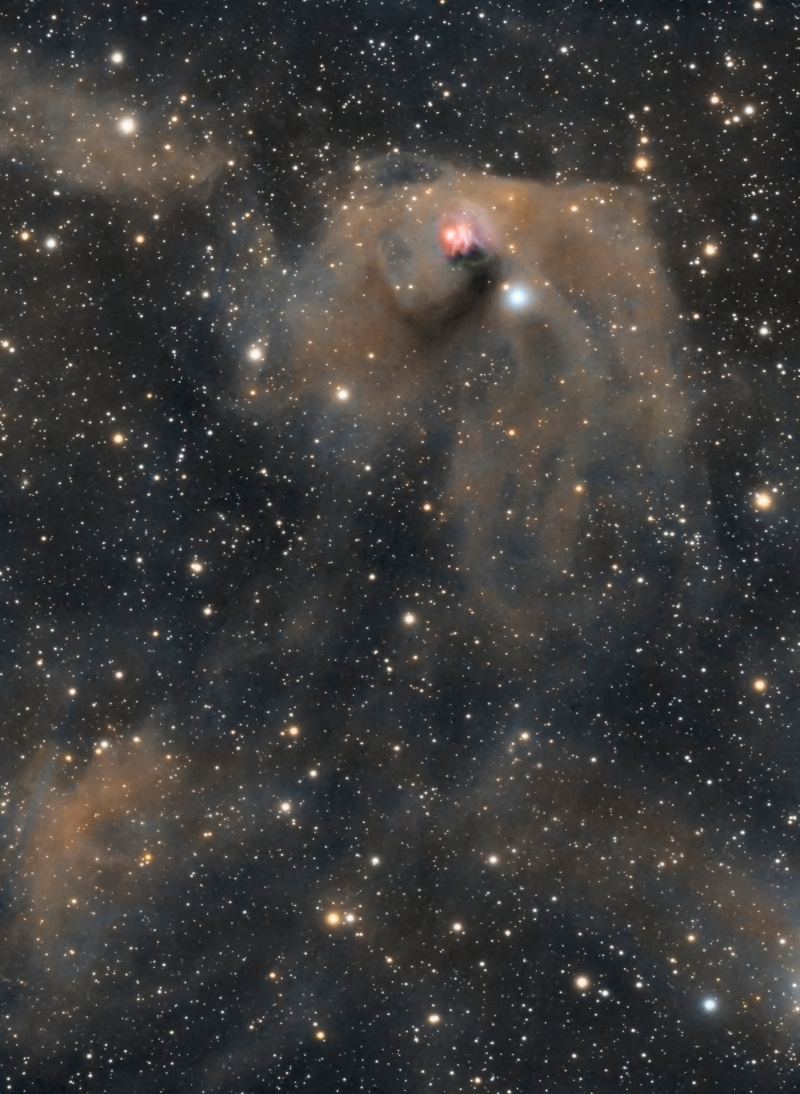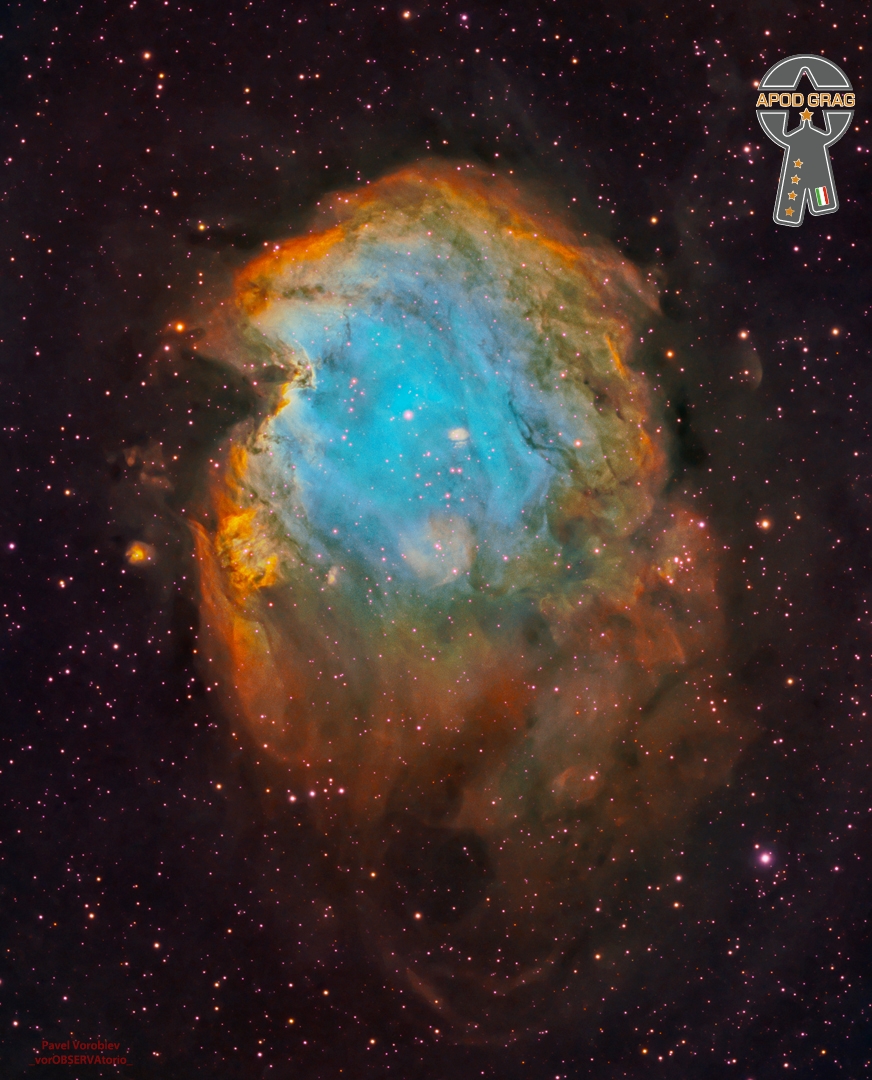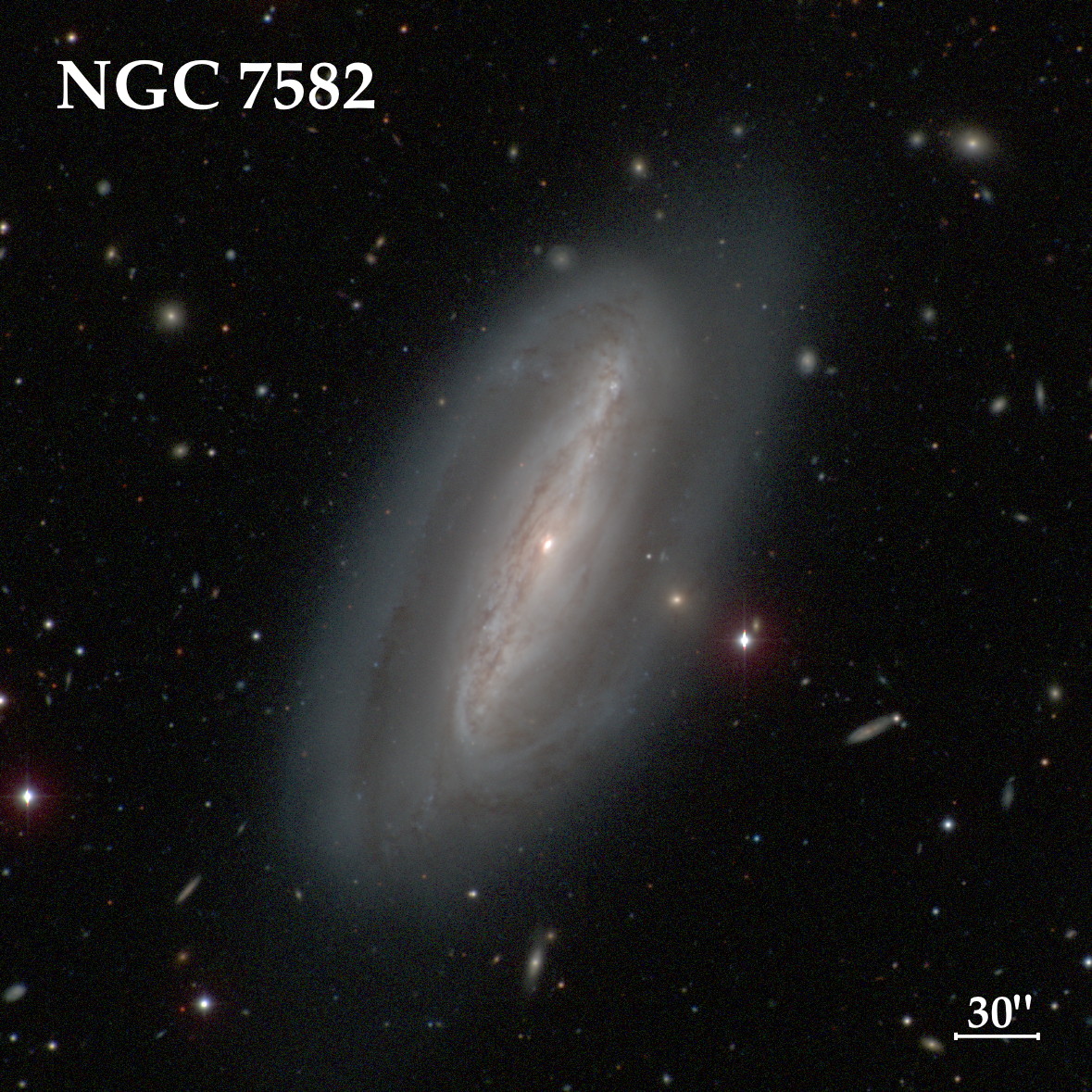Blog
Sérgio Santos Mendes (Brazilian Portuguese: [ˈsɛʁʒju ˈsɐ̃tuz ˈmẽdʒis]; born February 11, 1941) is a Brazilian musician. He has over 55 releases, and plays bossa nova heavily crossed with jazz and funk. He was nominated for an Oscar for Best Original Song in 2012 as co-writer of the song “Real in Rio” from the animated film Rio.
Mendes is a unique example of a Brazilian musician primarily known in the United States, where his albums were recorded and where most of his touring took place.
Mendes is married to Gracinha Leporace, who has performed with him since the early 1970s. Mendes has also collaborated with many artists through the years, including The Black Eyed Peas, with whom he re-recorded in 2006 a version of his breakthrough hit “Mas que Nada“.
more...“Taranto” is a flamenco style whose origin is in Almería. It derives from the “taranta”, but it follows a rhythm. That makes possible to dance it, in the same way as “zambra mora”. “Taranto” comes from the mining area of Almeria.
First singer this style was Pedro Morato but it’s important to quote “El Cabogatero” (1810-1880) and “El Ciego de la Playa” (born around 1840). We must also mention Juan Diaz Abad “Chilares”, born in 1868 in Zapillo, Almeria. “Taranto” is included in “cantes mineros” (fandango, taranto and taranta) and was developed in Almeria, in flamenco evenings, between the 19th and 20th centuries, in three cafes: “Frailito” (Plaza de Santo Domingo), “España” (C/Sebastián Perez, today General Rada), and “Lyon de Oro”.
more...The star with an orange tint near top center in this dusty telescopic frame is T Tauri, prototype of the class of T Tauri variable stars. Next to it (right) is a yellow cosmic cloud historically known as Hind’s Variable Nebula (NGC 1555). About 650 light-years away, at the boundary of the local bubble and the Taurus molecular cloud, both star and nebula are seen to vary significantly in brightness but not necessarily at the same time, adding to the mystery of the intriguing region. T Tauri stars are now generally recognized as young (less than a few million years old), sun-like stars still in the early stages of formation. To further complicate the picture, infrared observations indicate that T Tauri itself is part of a multiple system and suggest that the associated Hind’s Nebula may also contain a very young stellar object. The well-composed image spans about 8 light-years at the estimated distance of T Tauri.

Rufus Reid (born February 10, 1944, in Atlanta, Georgia) is an American jazz bassist, educator, and composer.
Reid was raised in Sacramento, California, where he played the trumpet through junior high and high school. Upon graduation from Sacramento High School, he entered the United States Air Force as a trumpet player. During that period he began to be seriously interested in the bass.
After fulfilling his duties in the military, Rufus had decided he wanted to pursue a career as a professional bassist. He moved to Seattle, Washington, where he began serious study with James Harnett of the Seattle Symphony. He continued his education at Northwestern University in Evanston, Illinois, where he studied with Warren Benfield and principal bassist, Joseph Guastefeste, both of the Chicago Symphony. He graduated in 1971 with a Bachelor of Music Degree as a Performance Major on the Double Bass. Rufus Reid’s major professional career began in Chicago and continues since 1976 in New York City. Playing with hundreds of the world’s greatest musicians, he is famously the bassist that saxophonist Dexter Gordon chose when he returned to the states from his decade-long exile in Denmark. His colleagues include Thad Jones, Nancy Wilson, Eddie Harris, and Bob Berg.
Reid has been a resident of Teaneck, New Jersey.
more...Emmanuel N’Djoké “Manu” Dibango (12 December 1933 – 24 March 2020) was a Cameroonian musician and songwriter who played saxophoneand vibraphone. He developed a musical style fusing jazz, funk, and traditional Cameroonian music. His father was a member of the Yabassi ethnic group, while his mother was a Duala. He was best known for his 1972 single “Soul Makossa“. He died from COVID-19 on 24 March 2020.
more...Roland Pembroke Hanna (February 10, 1932 – November 13, 2002) was an American jazz pianist, composer, and teacher.
Hanna studied classical piano from the age of 11, but was strongly interested in jazz, having been introduced to it by his friend, pianist Tommy Flanagan. This interest increased after his time in military service (1950–1952). He studied briefly at the Eastman School of Music in 1953 and then enrolled at the Juilliard School when he moved to New York City two years later. He worked with several big names in the 1950s, including Benny Goodman and Charles Mingus, and graduated in 1960. Between 1963 and 1966, Hanna led his own trio, then from 1966 to 1974 he was a regular member of The Thad Jones/Mel Lewis Orchestra. Hanna also toured the Soviet Union with the orchestra in 1972. During the 1970s, he was a member of the New York Jazz Quartet.
more...William Henry “Chick” Webb (February 10, 1905 – June 16, 1939) was an American jazz and swing music drummer and band leader.
Webb was born in Baltimore, Maryland, to William H. and Marie Webb. The year of his birth is disputed. The Encyclopædia Britannica and Allmusicindicate 1905, and this seems to be supported by census information. Other publications claim other years. During Webb’s lifetime, a December 1937 DownBeat magazine article, “The Rise of a Crippled Genius”, stated he was born in 1909, which is the year that appears on his grave marker. In 1939, The New York Times stated that Webb was born in 1907,
At the age of 17, he moved to New York City and by 1926 was leading his own band in Harlem. Jazz drummer Tommy Benford said he gave Webb drum lessons when he first reached New York. He alternated between band tours and residencies at New York City clubs through the late 1920s. In 1931, his band became the house band at the Savoy Ballroom. He became one of the best-regarded bandleaders and drummers of the new “swing” style. Drummer Buddy Rich cited Webb’s powerful technique and virtuoso performances as heavily influential on his own drumming, and even referred to Webb as “the daddy of them all”. Webb was unable to read music, and instead memorized the arrangements played by the band and conducted from a platform in the center. He used custom-made pedals, goose-neck cymbal holders, a 28-inch bass drum and other percussion instruments.
At the Savoy, Webb competed in battle of the bands contests with the Benny Goodman Orchestra and the Count Basie Orchestra. Webb lost to Duke Ellington in 1937. Although a judge declared Webb’s band the winner in 1938 over Count Basie’s, and Basie himself said he was relieved to come away from the contest without embarrassing himself, musicians debated the result for decades.
more...NGC 2174 (also known as Monkey Head Nebula) is an H II emission nebula located in the constellation Orion and is associated with the open star cluster NGC 2175. It is thought to be located about 6,400 light-years away from Earth. The nebula may have formed through hierarchical collapse.
There is some equivocation in the use of the identifiers NGC 2174 and NGC 2175. These may apply to the entire nebula, to its brightest knot, or to the star cluster it includes. Burnham’s Celestial Handbook lists the entire nebula as 2174/2175 and does not mention the star cluster. The NGC Project (working from the original descriptive notes) assigns NGC 2174 to the prominent knot at J2000 06h 09m 23.7s, +20° 39′ 34″ and NGC 2175 to the entire nebula, and by extension to the star cluster. Simbad uses NGC 2174 for the nebula and NGC 2175 for the star cluster.

more...
Joseph Gabriel Esther Maneri (February 9, 1927 – August 24, 2009 Brooklyn, NY), was an American jazz composer, saxophone and clarinet player. Violinist Mat Maneri is his son.
In 1988, Maneri founded the Boston Microtonal Society, dedicated to microtonal music and tuning. It is currently led by James Bergin and Julia Werntz.
more...
Ernest Dale Tubb (February 9, 1914 – September 6, 1984 Crisp, TX), nicknamed the Texas Troubadour, was an American singer and songwriter and one of the pioneers of country music. His biggest career hit song, “Walking the Floor Over You” (1941), marked the rise of the honky tonk style of music.
In 1948, he was the first singer to record a hit version of Billy Hayes and Jay W. Johnson’s “Blue Christmas“, a song more commonly associated with Elvis Presley and his late-1950s version. Another well-known Tubb hit was “Waltz Across Texas” (1965) (written by his nephew Quanah Talmadge Tubb, known professionally as Billy Talmadge), which became one of his most requested songs and is often used in dance halls throughout Texasduring waltz lessons. Tubb recorded duets with the then up-and-coming Loretta Lynn in the early 1960s, including their hit “Sweet Thang”. Tubb is a member of the Country Music Hall of Fame.
more...Carmen Miranda, GCIH, OMC (Portuguese pronunciation: [ˈkaɾmẽȷ̃ miˈɾɐ̃dɐ]; born Maria do Carmo Miranda da Cunha, 9 February 1909 – 5 August 1955) was a Portuguese-born Brazilian samba singer, dancer, Broadway actress and film star who was active from the late 1920s onwards. Nicknamed “The Brazilian Bombshell”, Miranda was known for her signature fruit hat outfit that she wore in her American films. As a young woman, she designed hats in a boutique before making her first recordings with composer Josué de Barros in 1929. Miranda’s 1930 recording of “Taí (Pra Você Gostar de Mim)”, written by Joubert de Carvalho, catapulted her to stardom in Brazil as the foremost interpreter of samba.
During the 1930s, Miranda performed on Brazilian radio and appeared in five Brazilian chanchadas, films celebrating Brazilian music, dance and the country’s carnival culture. Hello, Hello Brazil! and Hello, Hello, Carnival! embodied the spirit of these early Miranda films. The 1939 musical Banana da Terra (directed by Ruy Costa) gave the world her “Baiana” image, inspired by Afro-Brazilians from the north-eastern state of Bahia.
In 1939, Broadway producer Lee Shubert offered Miranda an eight-week contract to perform in The Streets of Paris after seeing her at Cassino da Urca in Rio de Janeiro. The following year she made her first Hollywood film, Down Argentine Way with Don Ameche and Betty Grable and her exotic clothing and Lusophone accent became her trademark. That year, she was voted the third-most-popular personality in the United States; she and her group, Bando da Lua, were invited to sing and dance for President Franklin D. Roosevelt. In 1943, Miranda starred in Busby Berkeley‘s The Gang’s All Here, which featured musical numbers with the fruit hats that became her trademark. By 1945, she was the highest-paid woman in the United States.
Miranda made fourteen Hollywood films between 1940 and 1953. Although she was hailed as a talented performer, her popularity waned by the end of World War II. Miranda came to resent the stereotypical “Brazilian Bombshell” image she had cultivated and attempted to free herself of it with limited success. She focused on nightclub appearances and became a fixture on television variety shows. Despite being stereotyped, Miranda’s performances popularized Brazilian music and increased public awareness of Latin culture.
more...Walter Sylvester Page (February 9, 1900 – December 20, 1957) was an American jazz multi-instrumentalist and bandleader, best known for his groundbreaking work as a double bass player with Walter Page’s Blue Devils and the Count Basie Orchestra.
Page was born in Gallatin, Missouri on February 9, 1900 to parents Edward and Blanche Page. Page showed a love for music even as a child, perhaps due in part to the influence of his aunt Lillie, a music teacher. Page’s mother, with whom he moved to Kansas City in 1910, exposed him to folksongs and spirituals, a critical foundation for developing his love of music. He gained his first musical experience as a bass drum and bass horn player in the brass bands of his neighborhood.
more...
Lurking about 70 million light years away from Earth in the constellation Grus, you will find the galaxy NGC 7582 — a spiral galaxy harbouring a supermassive black hole at its core.
The galaxy contains an active galactic nucleus (AGN) — an extremely energetic central engine powered by the supermassive black hole gobbling up material in its immediate surroundings. Matter heats up in this process, launching huge amounts of energy and powerful winds into the surrounding area. But what effect does this have on the galaxy at large?
To find out, a recent study, led by Stéphanie Juneau from NSF’s NOIRLab in the USA, looked at the distribution of different ionised elements in the galaxy. The image on the right shows oxygen, nitrogen and hydrogen in blue, green and red respectively. The red glowing areas are regions of high star formation activity, whereas the dominant blue regions show the cone-shaped material flowing out of the AGN. The image on the left, which covers the same area, shows a more classical view of this galaxy, with dust lanes obscuring blue and orange starlight.

Fatma Ahmed Kamal Shaker (Arabic: فاطمة أحمد كمال شاكر; 8 February 1931 – 28 November 2017), better known by her stage name Shadia (Arabic: شادية, Shādiyya), was an Egyptian actress and singer. She was famous for her roles in light comedies and drama in the 1950s and 1960s. She was the third wife of Actor and film producer Salah Zulfikar. Shadia was one of the iconic actresses and singers in Egypt and the Middle East region and a symbol of the golden age of Egyptian cinema and is known of her many patriotic songs. Her movies and songs are popular in Egypt and all the Arab World. Critics consider her the most successful comprehensive Egyptian and Arabic artist of all time. Her first appearance in a film was in “Azhar wa Ashwak” (Flowers and Thorns), and her last film was “La Tas’alni Man Ana” (Don’t Ask Me Who I Am).[1] She is also known for her patriotic song “Ya Habibti Ya Masr” (Oh Egypt, My Love) and her breakthrough leading role in the Egyptian movie “Al Maraa Al Maghoula” (The Unknown Woman).[2] Six of her movies are listed in the top 100 Egyptian movies of the 20th century. In April 2015, she became the first actress to be awarded an honorary doctorate by the Egyptian Academy of Arts. She was given the nickname “Idol of the Masses” following her successful movie “Maaboudat El Gamaheer” (Idol of the Masses).[citation needed] Other notable nicknames include “The Guitar of the Arabic Singing” (Egyptian Arabic: قيثارة الغناء العربى) and “The Golden Guitar” (Egyptian Arabic: القيثارة الذهبية).
more...John Towner Williams (born February 8, 1932) is an American composer, conductor and pianist. In a career that has spanned seven decades, he has composed some of the most popular, recognizable, and critically acclaimed film scores in cinematic history. Williams has won 25 Grammy Awards, seven British Academy Film Awards, five Academy Awards, and four Golden Globe Awards. With 52 Academy Award nominations, he is the second most-nominated individual, after Walt Disney. His compositions are considered the epitome of film music; Classic FM considers Williams to be one of the greatest composers of classical music in history.
Williams has composed for many critically acclaimed and popular movies, including the Star Wars saga, Jaws, Close Encounters of the Third Kind, Superman, E.T. the Extra-Terrestrial, the first two Home Alone films, the Indiana Jones films, the first two Jurassic Park films, Schindler’s List, and the first three Harry Potter films. Williams has also composed numerous classical concertos and other works for orchestral ensembles and solo instruments. He served as the Boston Pops‘ principal conductor from 1980 to 1993 and is its laureate conductor. He has been associated with director Steven Spielberg since 1974, composing music for all but five of his feature films, and George Lucas, with whom he has worked on both of his main franchises. Other works by Williams include theme music for the 1984 Summer Olympic Games, NBC Sunday Night Football, “The Mission” theme used by NBC News and Seven News in Australia, the television series Lost in Space and Land of the Giants, and the incidental music for the first season of Gilligan’s Island.
In 2005, the American Film Institute selected Williams’s score to 1977’s Star Wars as the greatest film score of all time. The Library of Congress also entered the Star Wars soundtrack into the National Recording Registry for being “culturally, historically, or aesthetically significant”. Williams was inducted into the Hollywood Bowl‘s Hall of Fame in 2000, and received a Kennedy Center Honor in 2004. His AFI Life Achievement Award in 2016 was the first to be awarded outside of the acting and directing fields. He has composed the score for nine of the top 25 highest-grossing films at the U.S. box office (adjusted for inflation). His work has influenced other composers of film, popular, and contemporary classical music; Norwegian composer Marcus Paus argues that Williams’s “satisfying way of embodying dissonance and avant-garde techniques within a larger tonal framework” makes him “one of the great composers of any century”.
more...
More Posts
- Sonny Greer Day
- World Music with Rajery,Ballalk Sissoko and Driss El Maloumi
- Daily Roots with Ron Wilson
- The Cosmos with M43
- Tony Williams Day
- Alex Acuña Day
- Grover Washington Jr Day
- World Music with DAKHABRAKHA
- Daily Roots with Dennis Alcapone
- The Cosmos with Arp 188
- McCoy Tyler
- Big Mama Thornton Day
- Perez Prado Day
- World Music with Julie Fowlis
- Daily Roots with the Royals
- The Cosmos with Rho Ophiuchi Cloud
- Bob Cranshaw Day
- Guitar Slim Day
- Ray Nance Day
- World Music with Sara Tavares